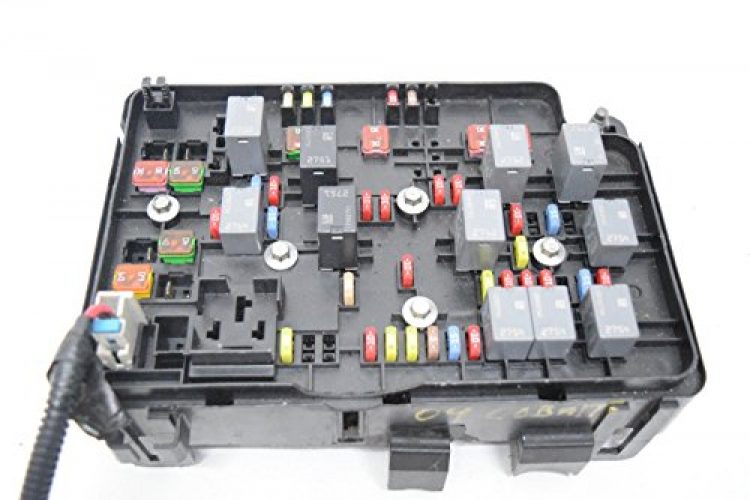2005-2010 Chevrolet Pontiac Engine Fuse Box
Price list
Still could not find the Part? Contact us @ Find Exact Part in 24 Hours
Specification
| Brand | |
|---|---|
| MPN | 25894223 |
| Year | 2005, 2006, 2007, 2008, 2009, 2010 |
| Make | |
| Model | Cobalt, G5 |
| Trim | Coupe 2-Door, Sedan 4-Door |
| Engine | 2.0L 1998CC 122Cu. In. l4 GAS DOHC Turbocharged, 2.2L 2198CC 134Cu. In. l4 GAS DOHC Naturally Aspirated, 2.4L 145Cu. In. l4 GAS DOHC Naturally Aspirated |
| Placement on Vehicle | Front |
| Fitment Type | Direct Replacement |
| Warranty | Yes |
| Part Number | 25894223, 646-01366 |
| Condition | Used |
Fit In Five Steps
How to replace a Chevrolet Engine Fuse Box?
1.Secure Vehicle
Place the car or truck in park or neutral, according to your transmission type. Set the emergency brake. Use a socket and wrench to disconnect the negative battery cable from its post. Disconnect the positive battery cable, for added insurance. Wrap both cable ends with rags to keep them from metal contact. Locate your fuse box by referring to your owner’s repair manual. Look for it on the driver’s side inside the lower kick panel, in the engine compartment or in the glove box. Pull the fuse box cover lid off and set it upside down, so you can reference the schematic fuse diagram. Look for a large red cable or cables attached to the fuse box, which will be the main battery supply cables. If they bolt to the top of the fuse box, use a small socket and ratchet to unscrew the nuts. Place masking tape around the wire (or wires) and use a felt pen to mark them, according to their descriptors in the diagram. Wait if your main battery wires connect underneath.
2.Locate Fusebox & Remove Bolts
Look for the fuse box screws holding it to the dashboard, firewall or glove box frame. There could anywhere from two to six or more small screws. Remove the screws with a flat-head screwdriver, or very small socket. Keep the screws in order. Gently turn the box over and look at the wire connectors. If your main battery wires connect to this location, unscrew them with a small socket, then tape and mark them with a felt pen. Look for any small wires that have nut and eyelet connections on the underside of the fuse box that require removal. Remove them one at a time with a small socket. Tape and mark each one for placement identification. The rest of the connectors will snap into the sides of the fuse box. Use a small screwdriver to lift the plastic tabs on each connector and pull it free. Tape and mark each connector and its location, then push them gently out of the way.
3.Remove the Old Fuse Box
Remove the old fuse box. Set your new fuse box next to the old one and compare the fuse and relay arrangement. It must be an exact duplicate. If your new or replacement box does not have relays and fuses in it, lift each fuse out of the old box and place it in its corresponding slot location in the new box. Replace them one at a time, and check the amperage rating on the fuse or relay with the schematic numbers on the fuse box or from the owner’s manual.
4.Place the New Fuse Box
Place the new fuse box next to its mount location. Hook up the small eyelet wires you removed, reading your felt pen marks. Screw the wires back down with a small socket. If the main battery eyelet wires connect from the underside, attach them now and screw down the eyelet nuts with a small socket. Place the fuse box in its mounting location and twist the mounting screws in by hand. Tighten the mounting screws with a small socket or screwdriver.
5.Reconnect & Check for Fuseline
Reconnect the positive battery cable to a socket. Replace the negative battery cable and tighten it with a socket. Cycle the ignition key on and off several times. Start the vehicle and check the function of all the accessories. If an accessory fails to operate turn the engine off, disconnect the negative battery cable with socket and check the fuse to that accessory.

$19.20


Got something to discuss?